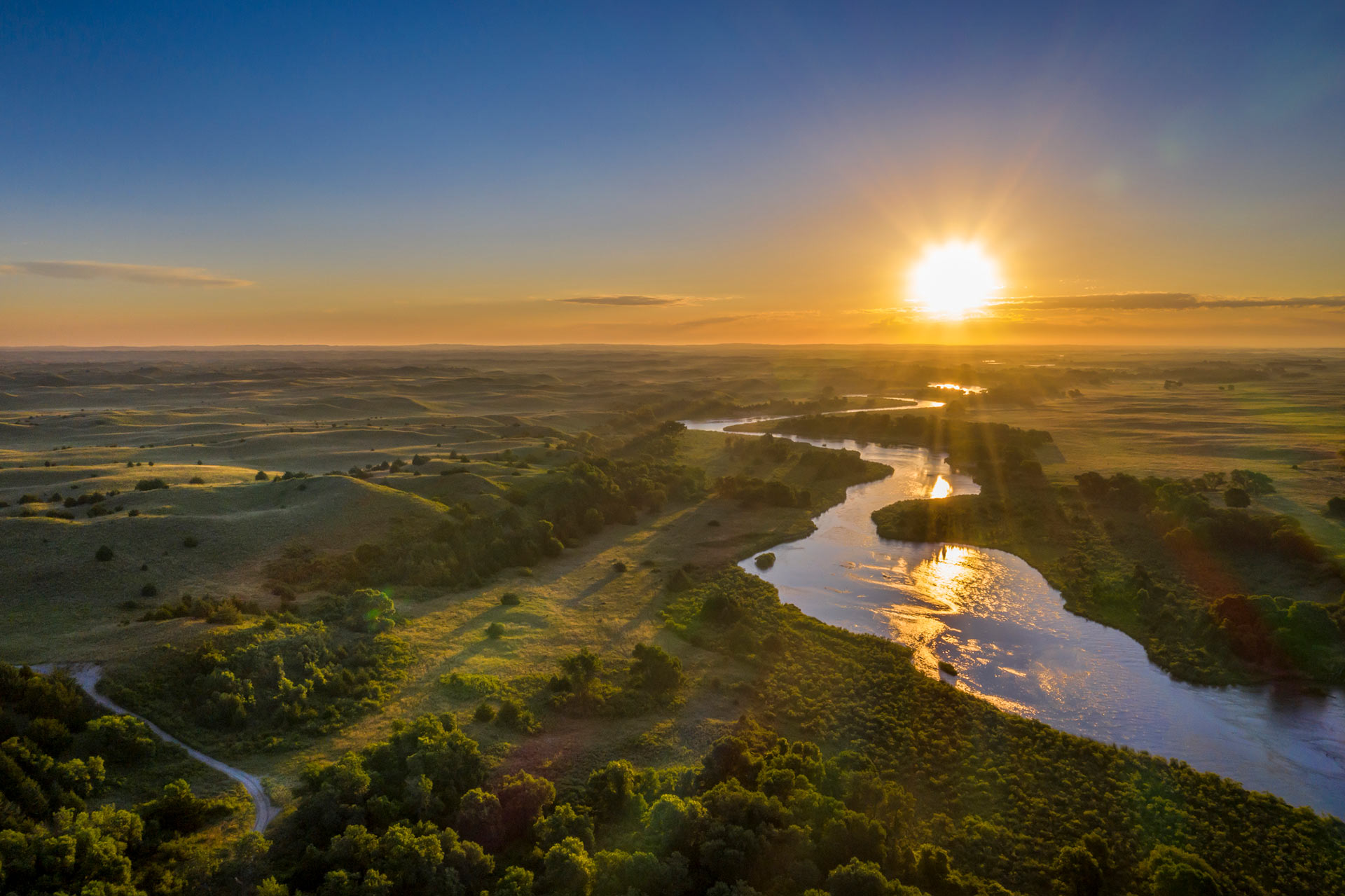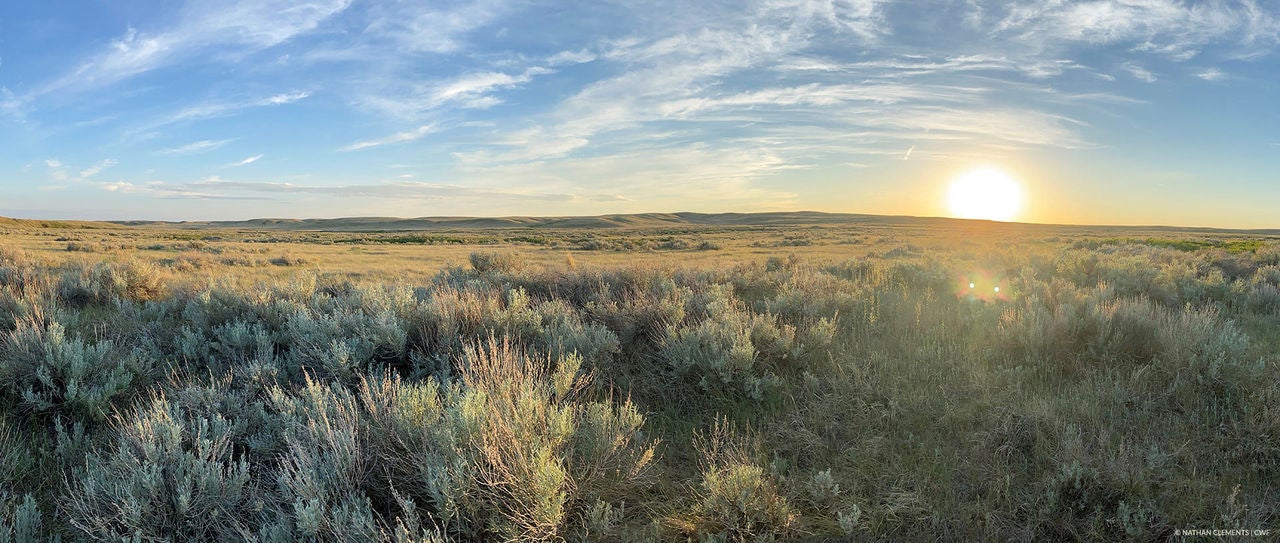A Coalition to Raise Awareness
When an ecosystem is described by what it lacks — trees, water, mountains — you can bet that it will be easily forgotten. Canadian grasslands are just that. Sparsely treed, dry, and largely flat, natural grasslands nevertheless host rich biodiversity, cultural heritage, and were once vast, wild areas. Yet they are forgotten among Canada’s other great wildernesses, and being forgotten has had consequences. Large-scale conversion to crops, mines, cities, and highways has decimated their crucial role in biodiversity, soil conservation and carbon sequestration. Natural grasslands have become rare, ranking among the most endangered ecosystems on our planet. Canadians largely overlook them as wild areas to conserve and visit. The Grasslands Awareness Coalition aims to help us “unforget” natural grasslands by presenting their rich natural and cultural heritage to all Canadians.
A 2023 survey by Abacus Data, informed us that about 75% of Canadians don’t know what a grassland is, and among those who do know, most don’t fully comprehend the threats that grasslands face. This makes it hard to conserve grasslands, because, without understanding, it is difficult to build public support. And without public support, pushing for policies and initiatives to conserve grasslands and its species is even harder. Two key observation discovered during the survey was when Canadians learn about grasslands, they are eager to save them. The Canadian Wildlife Federation has brought together a national coalition of partners to lead a grasslands awareness campaign –– a key step in conservation.
Our goal is to increase awareness of natural grasslands in Canada and to inspire public to take action. We have lost most of this wilderness, and we continue to lose more every day. To help in this effort, we have assembled a Coalition of Canada’s most dedicated grassland champions from business, government, the non-profit sector, Indigenous leaders, and academia. Through the Coalition, we will be presenting the best that Canada’s natural grassland’s have to offer in pictures and words, with the simple hope that you will know about this Canadian treasure and prevent it from disappearing.
Most of what remains of Canada’s native grasslands can be found on private farms and ranches. The rest is scattered across public land held mostly by provincial governments who designate how grasslands are used. Very little of it is protected, and there is a clear absence of federal, provincial, and municipal legislation and policy to guide and coordinate conservation actions.
Looking for Leadership
Without strong leadership from the federal government in collaboration with the provinces, grasslands will continue to disappear.
In past decades, policies that support agricultural intensification have diminished grassland biodiversity. Wetlands are drained, shelterbelts are removed, and native prairie is plowed in the name of increasing yield and profitability. There are fewer species on the land, and an increased risk of agricultural pollutants flowing into watersheds which impacts fish and aquatic invertebrates.
Meanwhile, ownership of federal community pastures — home to many species at risk — has been transferred to the provinces without any guarantee of protection, leaving them open to other uses such as oil and gas development and off-road recreational use that may not be compatible with biodiversity protection.
Piecemeal management of native grasslands among jurisdictions and governments is not working. It’s time for Canada to commit to national strategy that provides a path forward to save what remains of this once vast, now imperiled ecosystem.
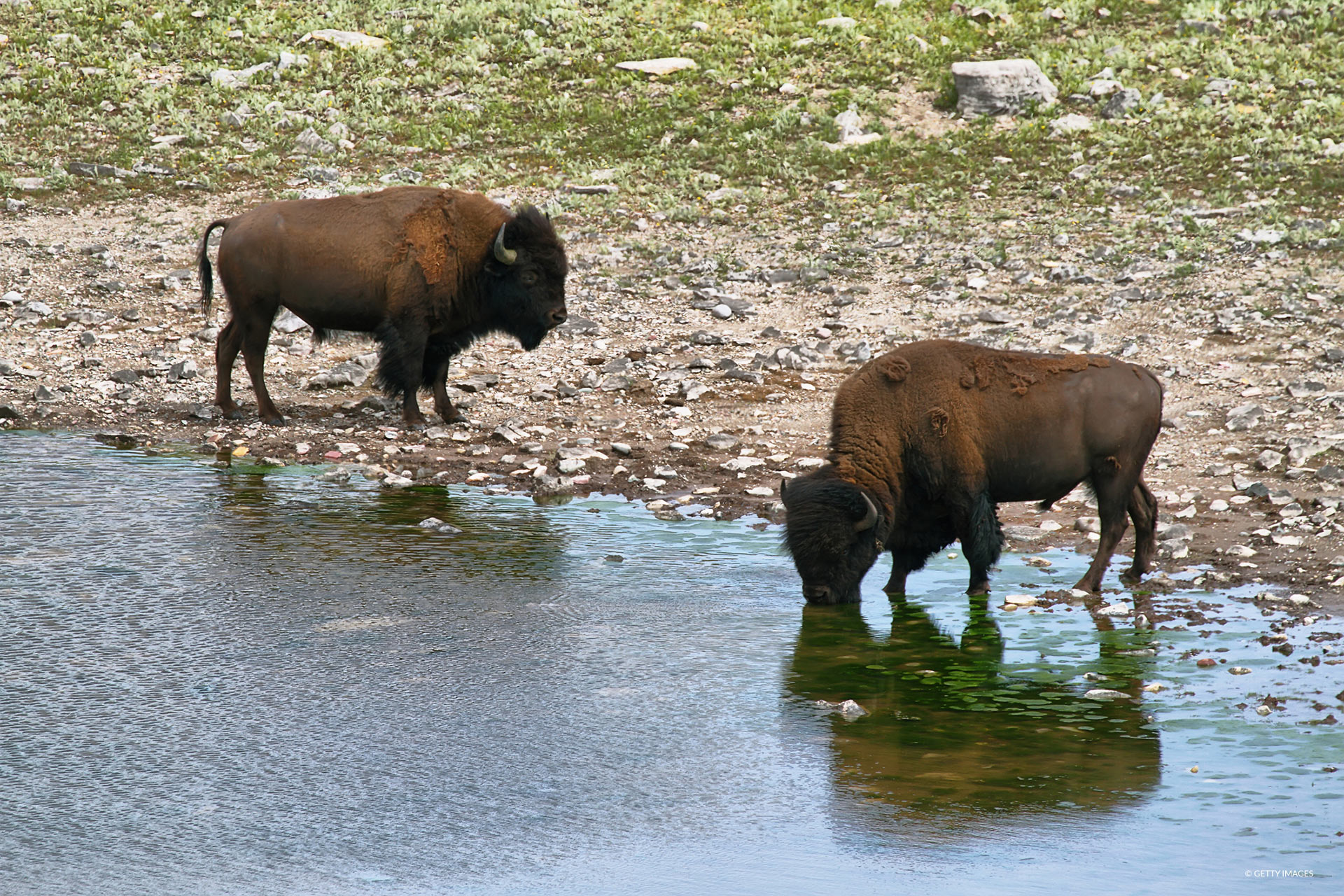
Bison take a break to drink in Waterton Lakes National Park.

More than 80 per cent of native prairie has been lost in Canada, and the Prairie Farm Rehabilitation Administration (PFRA) community pastures represent a large portion of what remains.
Read more >
The Path Forward
The Canadian Government needs to work with the provinces, landowners, industry, non-governmental organizations, Indigenous communities, and researchers to develop federal legislation and policy that informs and coordinates grasslands conservation actions across the country. These actions can take several forms, including the creation of protected areas, incentives for private landowners, incentives that lead to native grassland destruction, and a proper inventory of what grasslands remain to better inform decision-making.
Protected Areas
- In 2020, Canada made a promise to the world to protect 30 per cent of terrestrial and aquatic ecosystems by 2030. With less than three per cent of the native grasslands formally protected as parks, it makes sense that this prairie ecosystem is first in line for better protection. Grasslands can be safeguarded through federal/provincial protected areas, Indigenous Protected and Conserved Areas, and other effective area-based conservation measures (OECMs). OECMs have been defined in Canada as informally protected refuges that contribute to the conservation of species, habitats and ecosystems.
Incentives to protect biodiversity
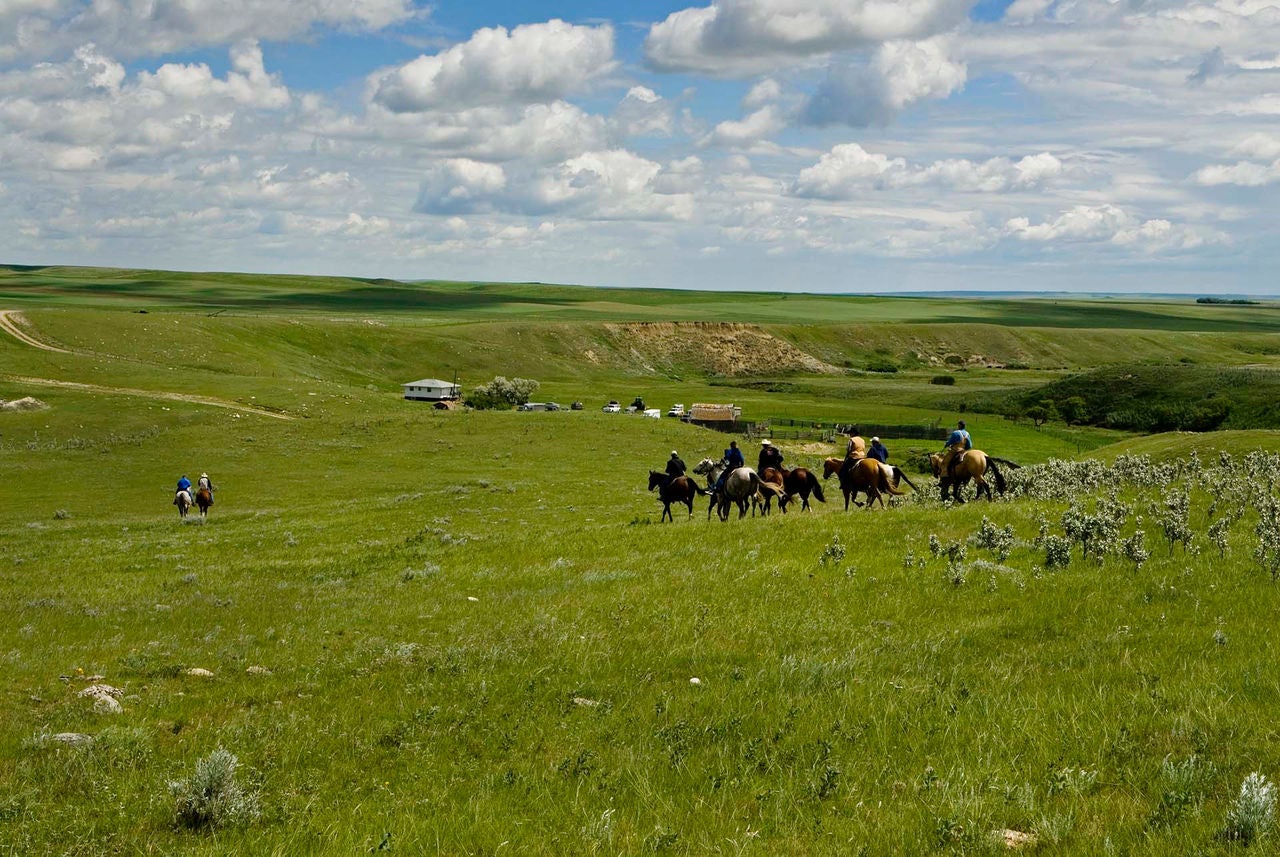
- Agricultural producers care deeply about the land, and many have an interest in protecting the wildlife and natural areas on their property. Yet this protection comes at a cost. Safeguarding biodiversity can incur lost opportunity costs. The conservation of wildlife should not happen on the back of ranchers and farmers. We need federal policies that ensure farmers and ranchers are compensated and recognized for protecting native grasslands. Some private incentives exist, but long-term solutions from federal and provincial governments are needed. Learn more about how supporting ranchers can save grasslands >
Removing Grassland Conversion Incentives
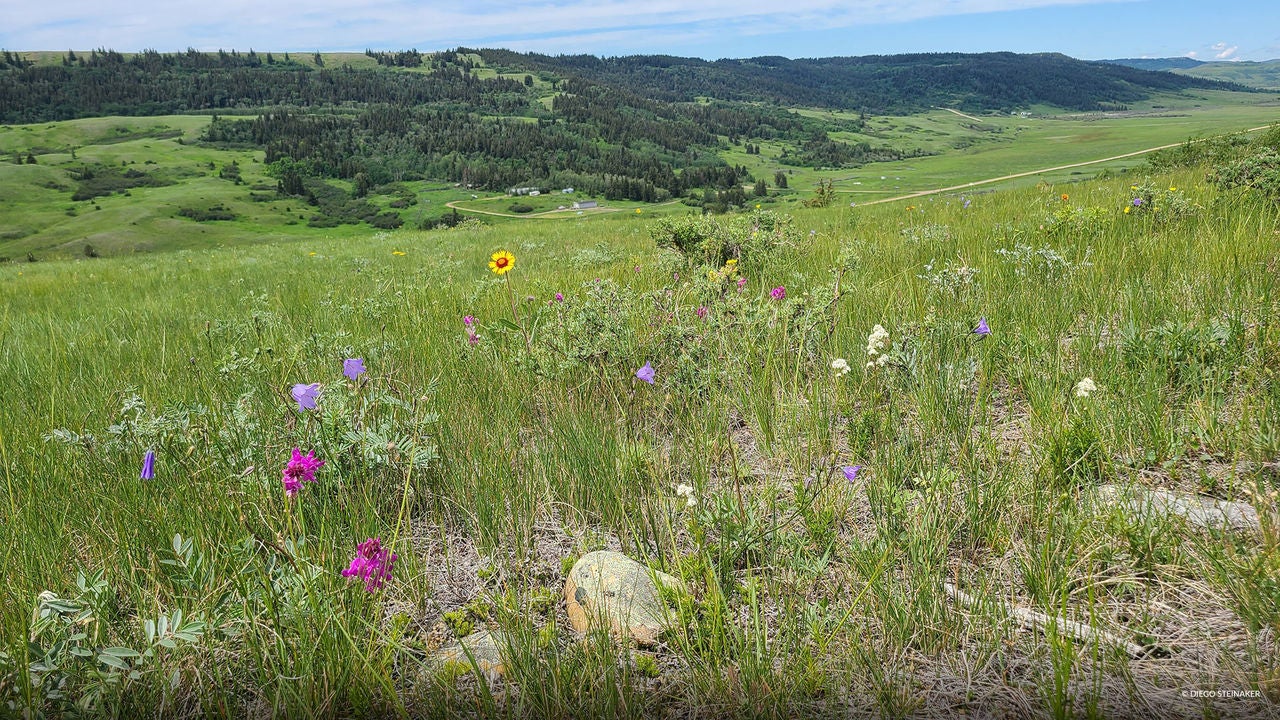
- Native grasslands protect biodiversity and provide valuable ecological services. Farmers and ranchers that leave natural features on their land are better protected from severe weather and are less likely to need government assistance during extreme weather events such as droughts and floods.
Yet, there are few incentives to keeping these features, rather there are rewards for producers who develop their land, such as converting natural vegetation to annual crops. This assistance comes in the form of financial subsidies, crop insurance, and subsidized technologies to improve crops. Farmers and ranchers that fare better in these crises—due to the ecological services they’ve maintained—may not be eligible for these subsidies due to their resilience.
Canada needs a grasslands conservation strategy that rewards producers who manage their land for resiliency, rather than subsidies for those who do not.
Grasslands Inventory

- There is roughly only 15 to 25 per cent of native grasslands left in Canada, but these estimates are based on landscape assessments from the 90’s. The best estimate for Saskatchewan is nine to 12 per cent, but there is no process of knowing precisely how much grassland is lost each year. The federal government needs to commission an accurate inventory of what remains to better inform conservation actions.
What Does This Mean?
Grasslands provide immense benefit to society through recreational space, livestock forage, climate regulation, flood mitigation and other ecosystem services. Not only is strong national leadership required to protect what is left of this native prairie, it is vital for the survival of biodiversity and agricultural livelihoods alike as we move into a new climate reality.
What you can do to help protect native grasslands on ranches
Invest in research that supports grassland conservation on ranch lands by supporting the Canadian Wildlife Federation. Our work is collaborative with ranchers and measures conservation outcomes of grazing management. Our work on national advisory groups aims to bring greater support for native grasslands in Canada and greater support for the stewards of these lands. Every day we show up to support grasslands.
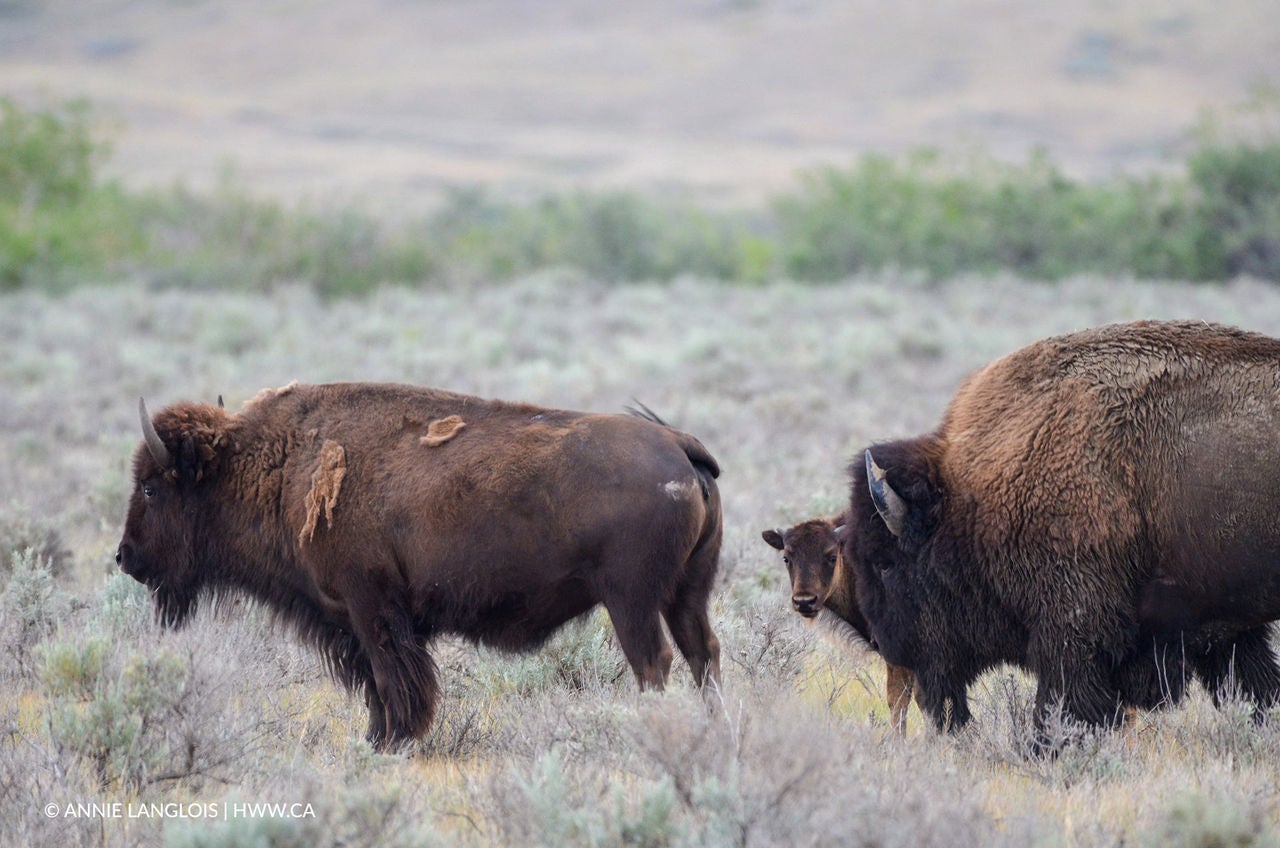
- 0
- 1
- 2
